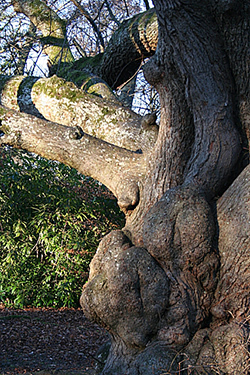The Constructed Environment’s Updates
"Growing a city from the bottom up" could save the human race
dezeen.com | Article Link | by Ben Hobson
Dezeen and MINI Frontiers: developing "living architecture" could help humanity survive, claims senior University of Greenwich lecturer Rachel Armstrong, who is investigating how we could grow a city in space.
"The world in which our cities are situated is lively," says Armstrong. "A living city could confer survival strategies and some form of adaptation to our buildings."
Living buildings could "absorb pollutants and carbon dioxide," she claims, and even offer better protection against natural disasters.
"In an age when we're faced with repeated flooding, tornadoes, hurricanes and earthquakes, I think that to design for instability is a really powerful thing."
Armstrong, who is also a senior TED fellow and founder of research group Black Sky Thinking, is currently investigating how we would grow cities from soils as part of a project called Persephone. Led by the Icarus Interstellar foundation, the ambition of the project is to achieve interstellar space travel by the year 2100.
"Persephone is the design and engineering of the living interior of a starship," Armstrong explains. "This is a world ship. It contains human inhabitants and therefore the interior of this space needs to support these peoples for the duration of their journey, and that could be hundreds, potentially thousands of years."



